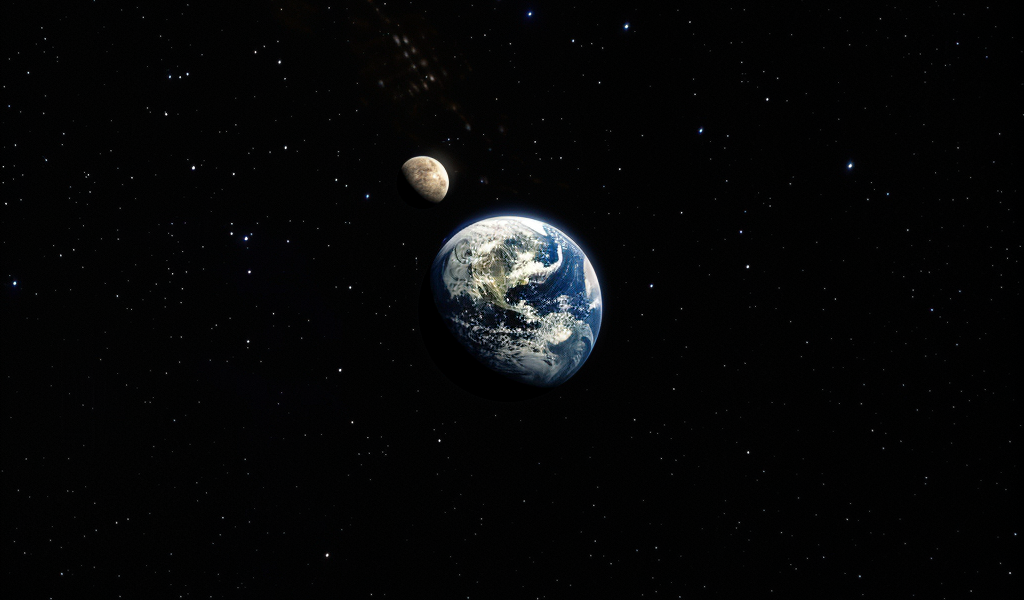Earth, our beautiful planet, has just reached its greatest distance from the sun, an event known as aphelion. As we enjoy the summer in the Northern Hemisphere, basking in the warmth of the sun, it’s intriguing to note this astronomical occurrence.
Aphelion occurs every July, with this year’s event taking place on a Friday at 1:06 a.m. Eastern time. This phenomenon is a result of Earth’s elliptical orbit around the sun, rather than a perfect circle. Kirby Runyon, a geologist at the Planetary Science Institute, explains that all planets in the solar system follow elongated orbits due to gravitational influences.
Gravity plays a significant role in shaping the orbits of planets, causing them to deviate from perfect circles. The gravitational interactions between planets lead to these elliptical paths, creating a dynamic celestial dance. Jupiter, being the most massive planet in our solar system, exerts the greatest influence on the orbits of other planets.
The eccentricity of an orbit determines how elliptical it is, with higher eccentricities indicating a more pronounced deviation from a perfect circle. For instance, Mars, with an eccentricity of 0.094, varies in distance from the sun between 129 and 155 million miles. In contrast, Pluto’s eccentric orbit ranges from 2.8 to 4.5 billion miles away from the sun, showcasing the extreme diversity in orbital patterns within our solar system.
As we marvel at the wonders of the cosmos, let us appreciate the intricate dance of celestial bodies and the fascinating phenomena that shape our universe. Aphelion serves as a reminder of the dynamic nature of our solar system and the captivating interplay of gravitational forces that govern the movements of planets.





